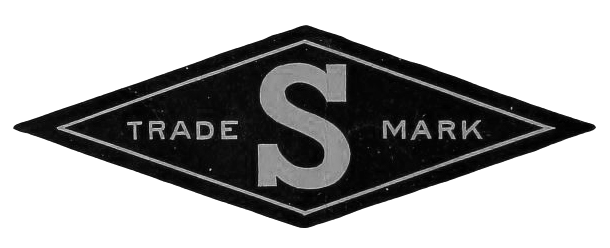POM WONDERFUL PRESENTS THE GREATEST MOVIE EVER SOLD
By Gary Murray
A film by Morgan Spurlock
Running time 90 min
MPAA Rating PG-13
Selig Film Rating Matinee
Morgan Spurlock made waves a few years back with Super-size Me a documentary about McDonalds and the giant that has become corporation restaurants. While it was mostly one-sided, he did try to give some objectivity when showing a guy who had eaten thousands of Big Macs and wasn’t obese. Playing the part of the court jester, he poked and prodded the Golden Arches. The film was nominated for the Oscar. His latest is POM Wonderful Presents: The Greatest Movie Ever Sold (PWPTGMES).
Morgan has noticed that movies have products placed in strategic places so that the audience will associate someone like Will Smith with a sports shoe. While this has been done for ages—ET and Reese’s Pieces—Morgan wondered just how the entire process comes together. For example, Iron Man 2 had 14 partnerships with companies.
The idea of PWPTGMES is surprisingly simple. Go company to company, telling them that they are making a documentary film about placing products in films by placing their products in the documentary film.
We go with Morgan to advertising agencies, pitching his idea to the people that represent companies. He finds that companies are very protective of their brands and the ‘good will’ cultivated. Morgan and his team do hear quite a few “No’s” before they get a solid “Yes”. But once they get one client, others seem to follow. Now, they do not land big clients like Coke, McDonalds or GM, but they do get POM Wonderful, Sheetz and Mini Cooper.
Morgan soon finds that just getting sponsors is not all he has to do. He also has to deal with Brand Collateral AKA loads of lawyers and contracts. He learns about concepts such as ‘Faction’ the advertising concept of adding Facts with Fiction. Morgan goes through an MRI study on how advertising affects the brain. The scientists examine fear, craving and sex as a way to sell products. Ralph Nadar makes an appearance as a consumer advocate who dislikes all the advertising.
We also meet the partners who decide to sign on with Morgan Spurlock, companies who seem to be slightly hip, getting the absurdity of the situation presented. The CEO of POM is a charming lady who, while protective of the company she founded, understands the basic premise behind PWPTGMES.
To give a sense of balance, the team heads to Sao Paulo Brazil which banned all outdoor advertising. It is refreshingly strange to see a city without a single panel for beer or cars. Even the taxi cabs are free of the clutter of billboards. Then Spurlock shows that some schools in America are resorting to ads on campus property to make ends meet. Kids watch mandatory daily television in school, targeted to their demographic, which the kids find insulting.
Most of the advertisers get the tongue in cheek concept of PWPTGMES to the point of OK-GO becomes the band of the film. They realize that their band is just as much a brand as Coke is.
Someone would have to be very dense not to realize that companies pay a tremendous amount of cash to be represented by hit movies. But does anyone ever rush zombie-like from the darkened movie theater to the store to get the same product that the actor used? I doubt that happens. I have never been tempted to rush out and buy something just because I saw it in a movie. While interesting, I still left the film with a big feeling of “So what?” The documentary really didn’t open my eyes to anything I didn’t know already.





